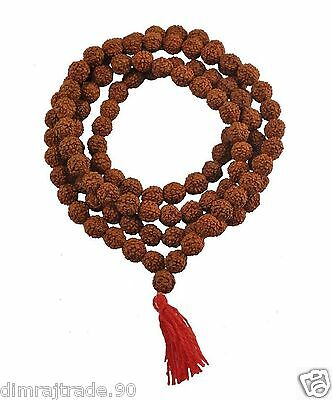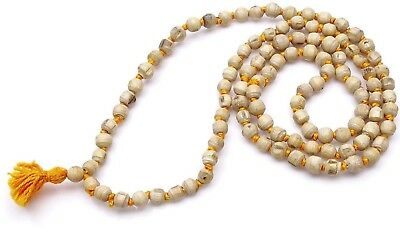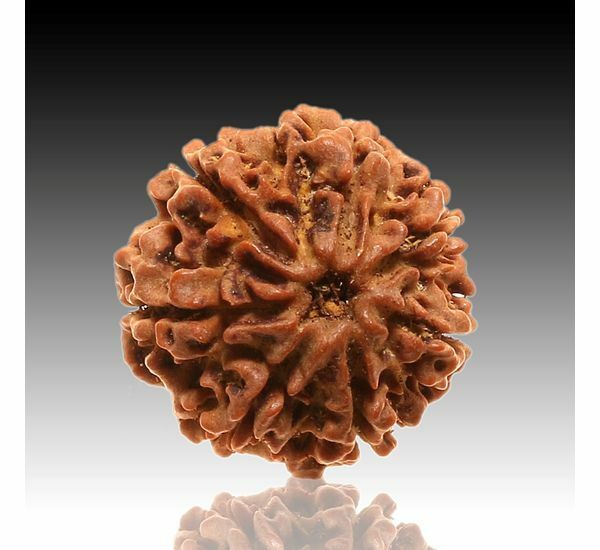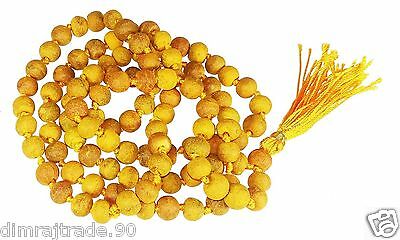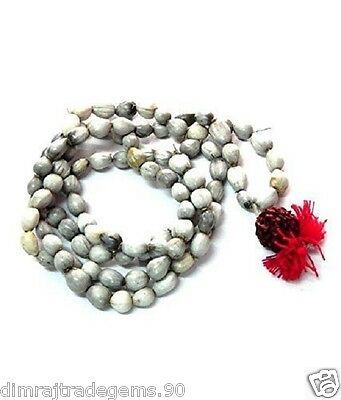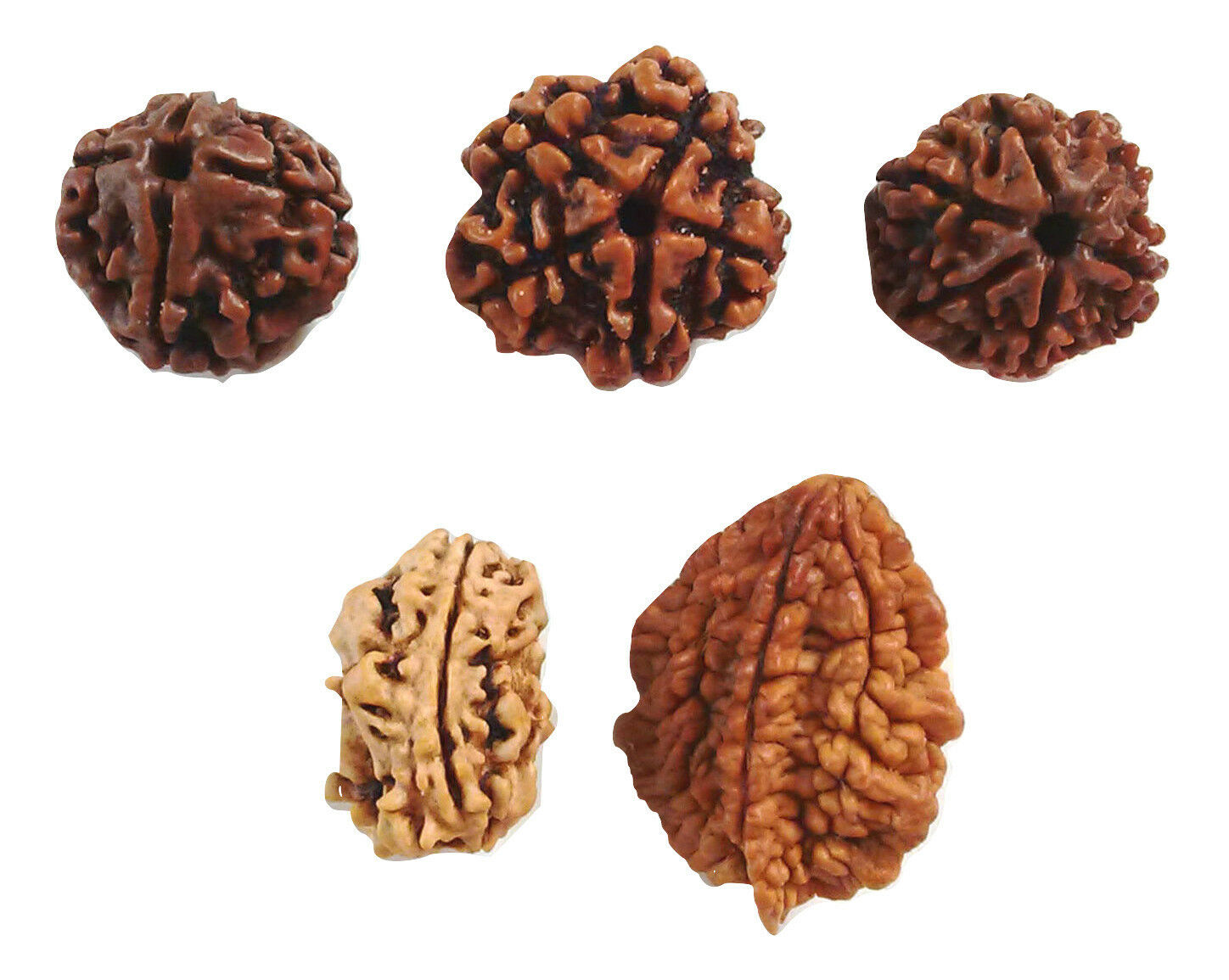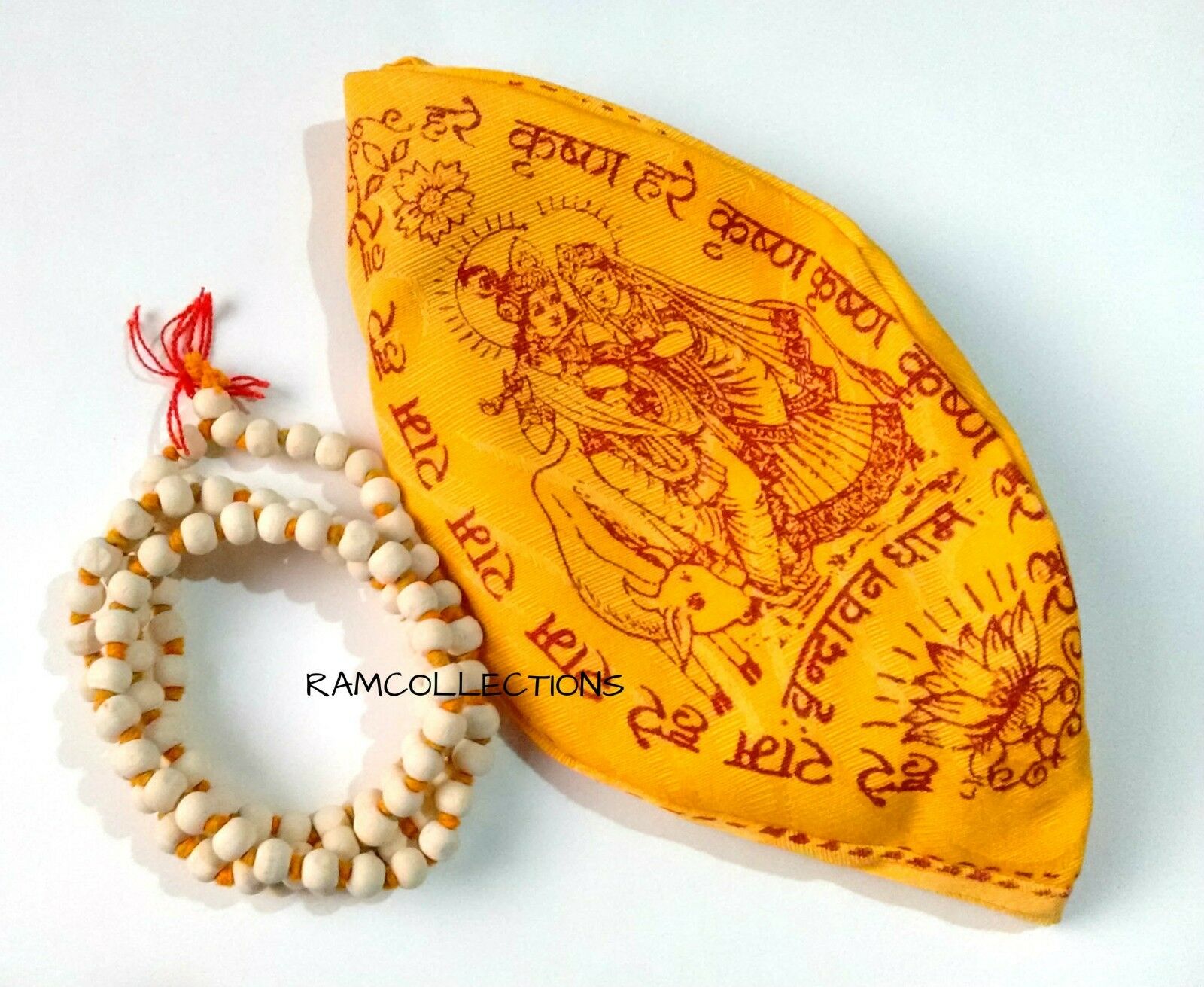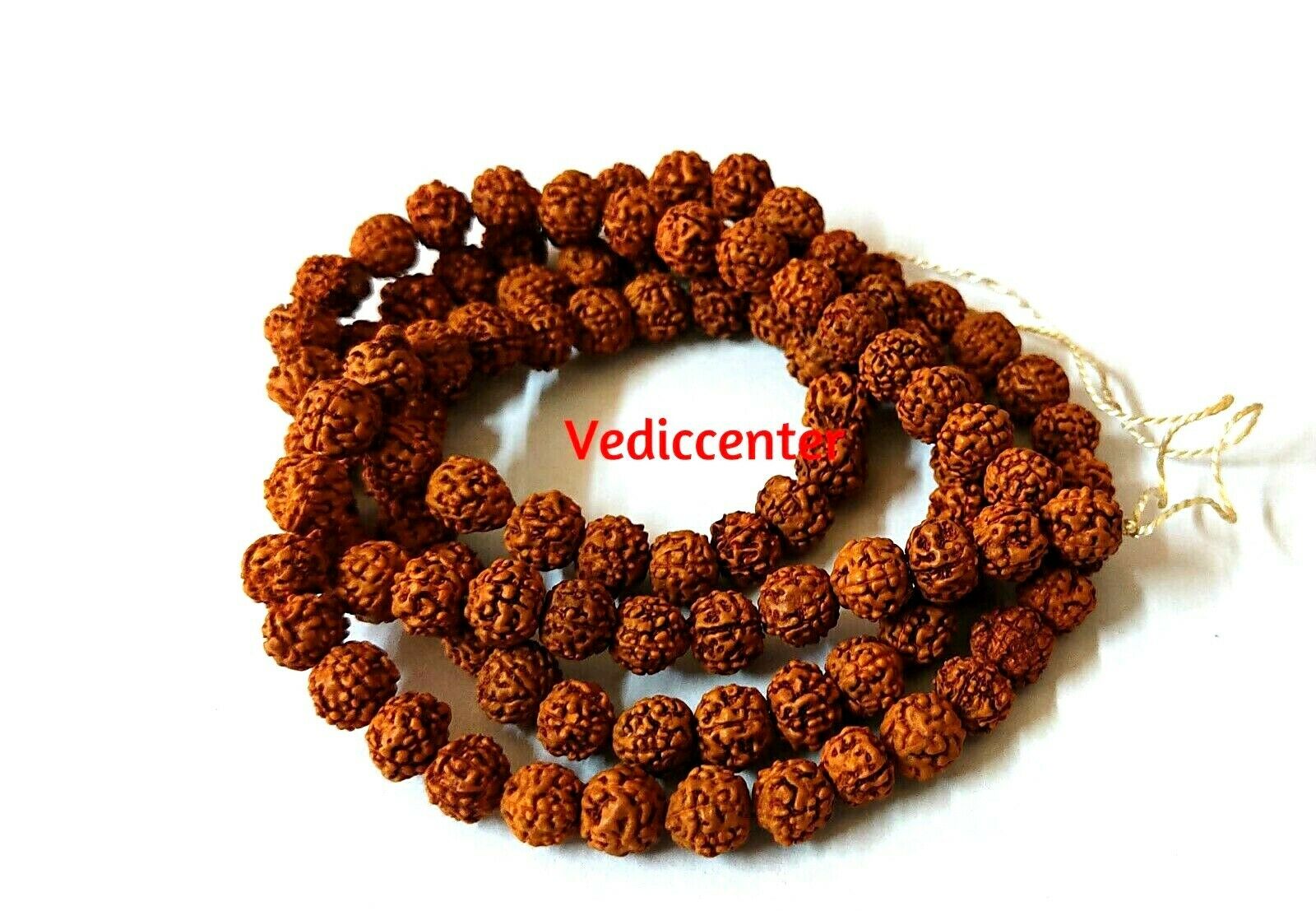-40%
Rudraksha With Natural Crystals Sphatik Mala 24 Carat Gold Plated Cap
$ 5.22
- Description
- Size Guide
Description
PRODUCTDESCRIPTION
RUDRAKSHA BEADS SIZE – 7 MM
SPHATIK SIZE – 6 MM
WEAR AROUND NECK FOR YOGA & MEDITATION
TOTAL 54 + 1 BEADS (JAVA ORIGIN) WITH GOLD PLATED CAP
Rudraksha beads are the material from which malas (54 beads in number) are made. The term is used both for the berries themselves and as a term for the type of mala made from them. In this sense, a rudraksha is a rosary, used for repetitive prayer, a common aid to worship in Hinduism. Rudraksha is also used for treatment of various diseases in traditional Indian medicine. The seeds show variation in the number of grooves on their surface, and are classified on the basis of the number of divisions that they have. Different qualities are attributed to the rudraksha based on the number of grooves, or 'faces' that it has. A common type has five divisions, and these are considered to be symbolic of the five faces of Shiva. It can only be worn with red string or a gold chain.
Rudraksha Mala has been used by Hindus (as well as Sikhs and Buddhists) as rosary at least from the 10th century onwards for meditation purposes and to sanctify the mind, body and soul. The word Rudraksha is derived from Rudra (Shiva - the Hindu God of all living creatures) and aksha (eyes). One Hindu legend says that once Lord Shiva opened His eyes after a long period yogic meditation, because of extreme fulfillment He shed out a tear. This single tear from Shiva’s eye grew into the Rudraksha tree. Rudraksha fruit is blue in color but turns black when dried. The central hard Rudraksha uni-seed has 1 to 108 faces and 2 to 21 faces Rudraksha are available, 1 faced Rudraksha is scarcely available, Rudraksha having 22 to 108 are almost extinct, there are claims that 22 to 108 faced Rudraksha plants still survive at the foot hills of the Himalayas and Mansarovar regions, but man is yet to see them.

